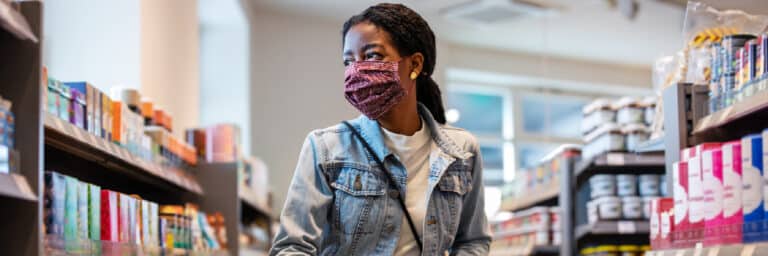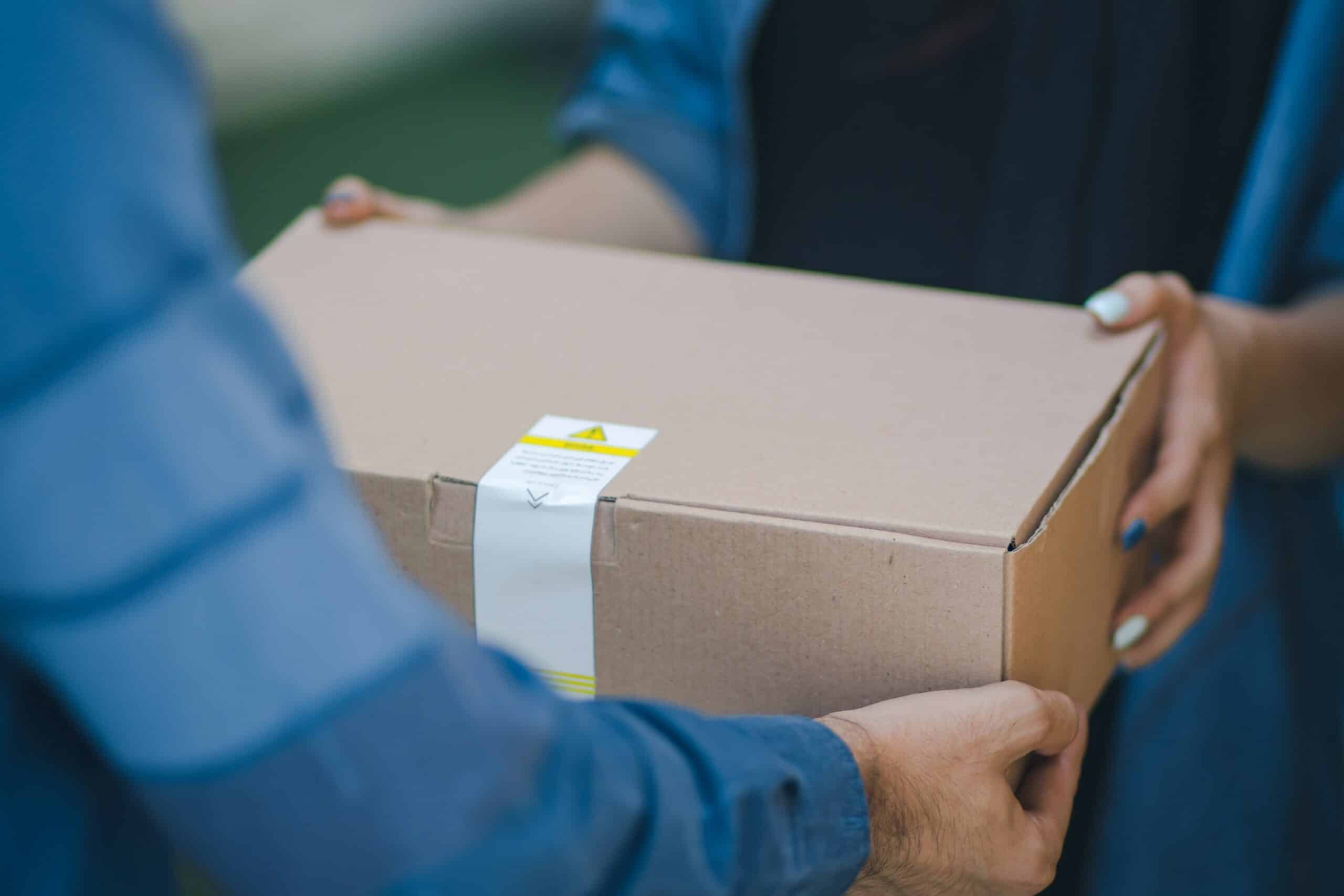For now, it’s not easy to conclude which changes are permanent and which will revert once the economy recovers from COVID, though for instance, 54% of consumers have said that they plan to make their buying habits more sustainable in the future, having chosen to shop that way throughout the pandemic.
The report, which goes into detail across a range of categories and sectors, includes a section taking a look at shopping for essentials online, and whether people have increased their adoption of delivery and click-and-collect options.
While it finds that the vast majority – 81% – are still actively using supermarkets, people’s intention is to use delivery or click-and-collect solutions more. In Britain, 38% said they want to utilise delivery and pick-up options more – a statistic which is one of the highest in Europe.
It looks like this will change how people use supermarkets in future, and benefit those digital players enabling more solutions for delivery and pick-up. It also shows that supermarkets, which have shown strong performance throughout COVID, are hardly at risk – but instead should consider how consumption behaviours are changing.
Other than in France, across all the markets YouGov surveyed more people said they had used delivery to get groceries or household essentials than they did click-and-collect. In Britain, around four times as many people said they had used delivery in the past month than click-and-collect.
It seems that, at least for now, home delivery is the most popular option for people hoping to shop for essentials while minimising time spent inside shops, whether for convenience of hygiene.
Around the world this is even more pronounced. On average, 30% of consumers had used online solutions with delivery, while just over 10% chose click-and-collect. This rises dramatically in some places worldwide – nearly 60% of Chinese consumers surveyed used a delivery option, with those opting for click-and-collect at nearly 25%.
Ultimately, people’s consumption behaviour, as well as their stated intentions for future consumption, has changed in the past year. But as the report notes, “there can be a wide gap between people’s stated values and their eventual actions.
“In 2022 we will see how successful these efforts to buy greener, more local products have been – assuming the pandemic is over by then.”













